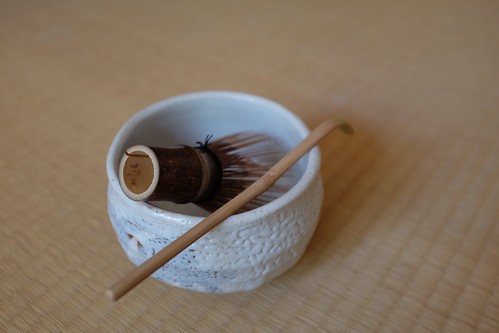tructed of a plastic plate; lines drawn on the plate divided it into 256 squares. It was surrounded by a 35.18-cm-high plastic wall. Each mouse was placed on a corner square of the arena, facing the corner, and allowed to freely explore the open field for 5 min per trial. After each trial, the plate was cleaned with 70% EtOH. No stressor was applied to the animals for at least 12 h before the test. Mobility was scored when an animal crossed a sector border with both its hind limbs. Parameters assessed were the number of square crossings and the times of standing during the 5-min test. The SPT was performed as described previously. In brief, an SPT consisted of first removing the food and water from each mouse’s cage for a period of 20 h. Water and 1% sucrose were then placed in the cages in pre-weighed plastic bottles and animals were allowed to consume the fluids for a period of 10 h. The bottles were then removed and weighed. Two baseline fluid intake tests were performed, separated by at least 5 d, and the results were averaged. Fluid intake was calculated on an absolute basis and as a preference score. A preference score is calculated as the ratio of the intake of 1% sucrose water relative to total fluid intake including 1% sucrose water and blank water during 21150909 10 hours after 20 h food and water deprivation. The exclude criteria for SPT analysis include the leaking of the bottles. Densitometer. The mRNA for GAPDH was included in the PCR mixture as 16190926 a standard. Immunohistochemistry The nNOS-positive cells were counted in a one-in-six series of sections throughout the Cy3 NHS Ester web rostrocaudal extent of the granule cell layer based on the pictures taken through a 610 objective. To determine the total number of nNOS-positive cells per dentate gyrus, the counts from sampled sections were averaged  and the mean values were multiplied by the total number of sections. The total numbers of CRF-positive neurons in the PVN were calculated in a one-in-three series of sections based on the pictures taken through a 610 objective. The total number of CRF-positive cells per PVN was averaged and the mean values were multiplied by the total number of sections. We randomly chose 10 CRF-positive neurons in this area to measure brightness of staining. The mean values of florescence intensity were analyzed by ImagePro. The primary antibodies used for immunofluorescence staining were as follows: rabbit anti-nNOS, rabbit antiCRF. The fluorescent secondary antibodies used were affinity-purified goat anti-rabbit Cy3, goat anti-rabbit 488. Corticosterone level measurement For basal CORT level measurement, mice were decapitated between 9:00 and 10:00 AM. Blood from angulus oculi vessels was collected in heparinized tubes, and corticosterone in plasma was measured with a corticosterone ELISA Kit according to the instructions of the manufacturer . For the concentration of CORT in hypothalamus measurement, the whole hypothalamus were dissected between 9:00 and 10:00 AM and homogenized in 200 ml physiological saline. CORT levels in the mixed liquor were measured by ELISA. The concentration of CORT in the hypothalamus was calculated as the concentration in mixed liquor multiplied by the ratio of the weight of the mixed liquor to the weight of hypothalamus. The detection limit of this kit is approximately 40 pg/ml. Western blotting Western blotting analysis of samples from hippocampal or hypothalamic tissues of animals was performed as described previously. The primary antibodies
and the mean values were multiplied by the total number of sections. The total numbers of CRF-positive neurons in the PVN were calculated in a one-in-three series of sections based on the pictures taken through a 610 objective. The total number of CRF-positive cells per PVN was averaged and the mean values were multiplied by the total number of sections. We randomly chose 10 CRF-positive neurons in this area to measure brightness of staining. The mean values of florescence intensity were analyzed by ImagePro. The primary antibodies used for immunofluorescence staining were as follows: rabbit anti-nNOS, rabbit antiCRF. The fluorescent secondary antibodies used were affinity-purified goat anti-rabbit Cy3, goat anti-rabbit 488. Corticosterone level measurement For basal CORT level measurement, mice were decapitated between 9:00 and 10:00 AM. Blood from angulus oculi vessels was collected in heparinized tubes, and corticosterone in plasma was measured with a corticosterone ELISA Kit according to the instructions of the manufacturer . For the concentration of CORT in hypothalamus measurement, the whole hypothalamus were dissected between 9:00 and 10:00 AM and homogenized in 200 ml physiological saline. CORT levels in the mixed liquor were measured by ELISA. The concentration of CORT in the hypothalamus was calculated as the concentration in mixed liquor multiplied by the ratio of the weight of the mixed liquor to the weight of hypothalamus. The detection limit of this kit is approximately 40 pg/ml. Western blotting Western blotting analysis of samples from hippocampal or hypothalamic tissues of animals was performed as described previously. The primary antibodies
